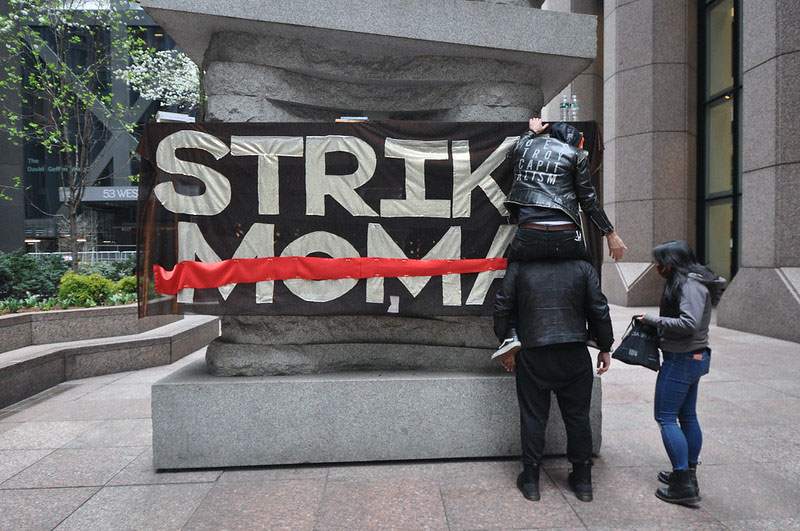
September 2, 2015; Charity Digital News
The fine art of donor communications is a constant topic of study and analysis. But while nonprofits don’t always know what type of communications donors want, common sense would dictate that donors are looking for some kind of feedback about how their money is used. But what kind of contact do they want and how does this contact improve giving?
Charities Aid Foundation (CAF) conducted a survey in February for its 2014 UK Giving Report, which breaks down giving behavior through type of involvement, giving method, gender, age, total amount given, typical gift and giving method.
CAF’s main takeaways from this study actually say a lot about donor communications:
-
Evidence about how a charity is having an impact was most likely to be valued by people, with 68 percent of respondents agreeing this was important.
Sign up for our free newsletters
Subscribe to NPQ's newsletters to have our top stories delivered directly to your inbox.
By signing up, you agree to our privacy policy and terms of use, and to receive messages from NPQ and our partners.
This data on evidence, updates and thanks seems aimed at nonprofit communicators who are afraid of bothering their constituents, which is a normal response to donor fatigue. Yet, donors also complain about the wham-bam-thank-you-ma’am approach, in which nonprofits drag their heels with a timely thanks. So what’s a nonprofit to do?
Overall, the study highlights what should be apparent to most nonprofits: effective communication (or communication tailored to donors’ desires) is indeed wanted and welcomed for the most part. However, it’s debatable whether the data from this study and similar ones are useful, given that the information is put into neat demographic packets that may or may not describe a specific nonprofit’s donor base.
As Karla A. Williams states in Donor Focused Strategies for Annual Giving, “The motivations, behaviors, and motivational factors behind philanthropic giving are very complex. Most gifts, at least the significant ones, are thoughtfully decided on, they reflect a donor’s personal values, are influenced by a relationship, and are in response to an effective external motivator.” The CAF study emphasizes demographics, and particularly gendered differences in giving (you have to love the icon on page 18 of a woman with super-stylish boots and a jaunty purse), even though demographic data is only one side of the giving story.
A more sophisticated look at the donor’s giving experience is the more recent Money for Good 2015 report, which offers in-depth donor personas defined by motivations and preferences along with general attitudes to giving, specific giving behaviors and different barriers to giving. These personas include Contented Benefactors (20 percent of donors), Busy Idealists (15 percent of donors), Cautious Strivers (14 percent of donors), Unaware Potentials (28 percent of donors), and Unengaged Critics (23 percent of donors). While these personas do come in specific flavors of age and gender, this demographic information is mapped onto the persona, not the other way around.
As a copywriter, I like demographic data because it lets me flesh out the picture of the person I’m writing to. For example, if an email appeal is going out to women over 50 who love gardening and yoga, I probably won’t drop references to the upcoming Star Wars movie. The different personas above are valuable frameworks to establish the “donor’s journey” and create a connection with a prospective donor around shared values.
However, both the CAF and Money for Good study reveal a similar pattern that nonprofit communicators should always bear in mind: Donors of all stripes want some kind of reassurance that their donations aren’t going to waste and are somehow making a difference in the world. It’s hard to imagine anyone becoming fatigued by this key information of the giving process.—Amy Butcher













